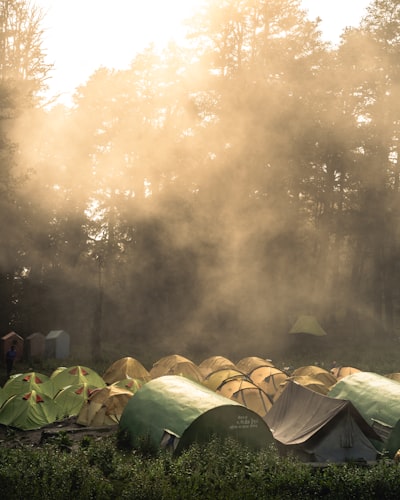Summary
A devastating flash flood struck Camp Mystic, an all-girls summer camp in Texas Hill Country, following torrential rains on July 4, 2025. Among the casualties was Katherine Ferruzzo, a recent Memorial High School graduate from Houston. After days of searching, her remains were found on July 11. Katherine had been set to start at the University of Texas at Austin in the fall, aspiring to become a Special Education teacher. Her family, expressing gratitude for the search and rescue efforts, announced the creation of the Katherine Ferruzzo Legacy Foundation to honor her commitment to helping others with special needs.
Analysis
This event is a stark reminder of nature's unpredictability and the vulnerabilities many communities face in the era of climate disruption. Central Texas, already prone to flash floods, saw the Guadalupe River surge 26 feet in just 45 minutes—a sign of extreme weather events increasing in frequency and intensity. The article, focused on the tragedy and loss, offers only brief context about the broader environmental factors or emergency preparedness challenges. It does not delve deeply into policy responses, infrastructure, or systemic responses that might mitigate such risks in the future.
The tone prioritizes compassion over critique, reflecting both the immediate shock and the need for space to mourn. Yet, larger factors—like land use, climate adaptation, and disaster readiness—linger beneath the surface. The flood's timing (overnight, during a seasonal camp) magnifies its horror and exposes how quickly situations can turn deadly when early warnings, safe infrastructure, or evacuation protocols do not reach everyone in time.
Discussion
The tragedy at Camp Mystic resonates beyond the families directly affected. Summer camps are symbols of growth, joy, and community, and disasters in such settings reverberate widely. Katherine Ferruzzo’s story—her youth, promise, and aspirations—serves both as a personal loss and a collective one. The creation of a foundation in her memory suggests a communal desire to transform mourning into meaningful action.
This event also prompts questions about our collective preparedness for increasingly severe weather, particularly for vulnerable populations like children. Are camps and other recreational institutions adequately equipped for fast-moving disasters? Who bears responsibility for ensuring safety—local authorities, camp management, or governmental bodies?
The article, while dignified in tone, offers an opportunity to consider how we as a society respond to tragedy: not only through immediate search and rescue or by honoring victims, but by grappling with the broader conditions that produce such disasters. It reminds us, too, of the importance of compassion, grief, and memorialization—elements as vital as policy change in the aftermath of loss.
As the Katherine Ferruzzo Legacy Foundation takes shape, it carries forward not only Katherine's memory but the urgent dialogue about how to support both the vulnerable and the bereaved in times of crisis.

Comments
No comments yet. Be the first to comment!